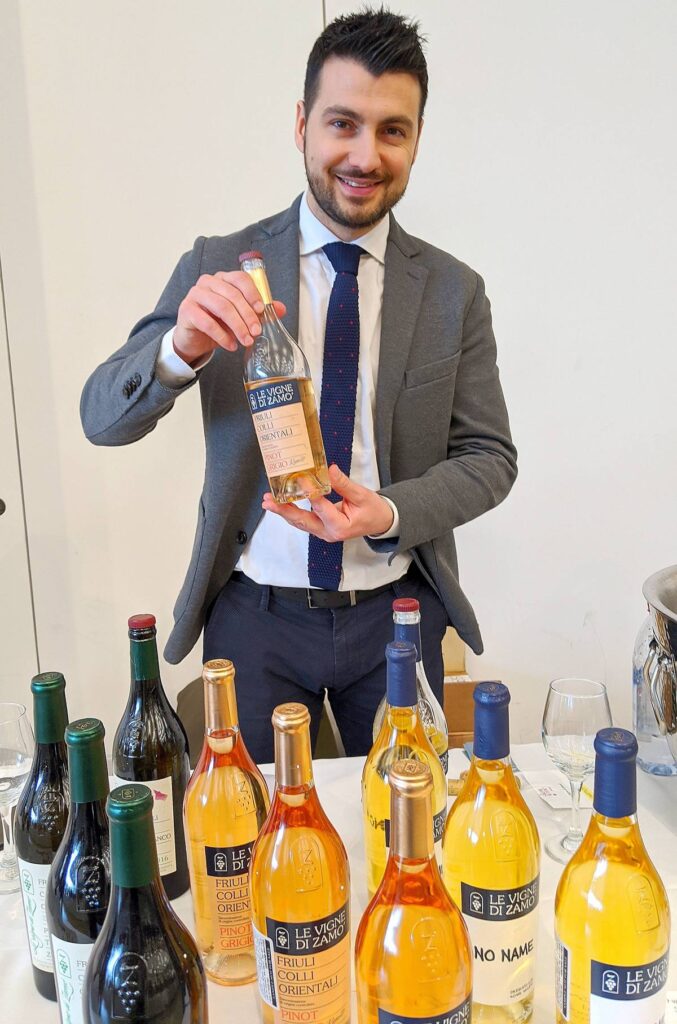
Boccaccio’s ‘Decamaron’ and the solace of stories and wine
The news from Italy, especially in the north, is nothing short of horrific. So quickly has the COVID-19 pandemic moved that everything was transformed in a manner of weeks. As I write this post in mid-March, it's hard to believe that just three weeks ago (February 25), a few hundred representatives of mostly northern Italian wineries were in Boston for the annual Slow Wine presentation. That's the irrepressible Roberto Bava of Cocchi (cocchi.it) in the Piedmont at the top of the post. Italy has seen such horrors before. The Decamaron by Giovanni Boccaccio is one of the foundational books of Italian literature. The frame story is set in the summer of 1348 as the bubonic plague was ravaging Europe. Three young men and seven young...Read More
